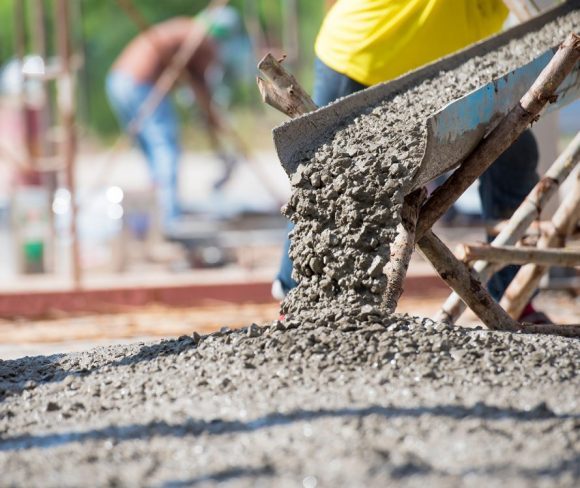The Difference Between Plain and Reinforced Concrete


Concrete is widely used in various construction projects worldwide, and as society progresses, so too is the concreting technology and laying techniques used in the industry. The two most common types of concrete are reinforced and plain concrete, and we are experienced with both, depending on the requirements of our project.
We will discuss the pros and cons of these concrete materials in this article and hope it will help you make the right choice for your project requirements.
Advantages and disadvantages of plain concrete
Plain cement or better known as plain concrete, is the most used type of concrete for flooring and paving. It’s made from a mix of aggregate, cement, and water. The ratio of materials used in mixing the concrete gives it a specific characteristic.
This it the main reason why ready-mix concreters have strict guidelines when it comes to the exact values and types of aggregate used in the mix. The concreter must measure and monitor these materials because it will provide the qualities needed for the project without any variance.
However, the differences in the composition of plain concrete are both its strength and its weakness because it is strong under compression but weak under tension. This means that a solid concrete slab can handle vast amounts of weight, but it can easily crack and buckle under extreme tension.
Therefore, plain concrete is perfect for ground floor layers since it can provide a stable base for reinforced concrete to build onto, but its use is limited in large construction projects.
Advantages & Disadvantages of Reinforced Concrete
Reinforced concrete is similar to plain concrete in terms of materials used. The only big difference between the two is the addition of steel rebar. In fact, casting wet cement around reinforced steel bars will produce a concrete material that has more strength under tension while maintaining the properties of plain concrete.
Also, it can maintain its strength under extreme compression because the steel is resisting any bending or stretching, so reinforced concrete is a more versatile construction material. It can even withstand any wind pressure and strains thanks to its increased flexural capacity. So, this type of concrete is suitable for taller and heavier buildings and bridges, as well as roads.
The only downside to this type of concrete is the initial total cost which will always be higher than plain concrete. However, reinforced concrete is not susceptible to cracking, and it can be more easily maintained so it can last longer than any other type of concrete material.
Overall, plain and reinforced concrete have their uses, which will significantly depend on the requirements and specifications of the project.
ⒸCopyright Bendigo Concreters 2021
